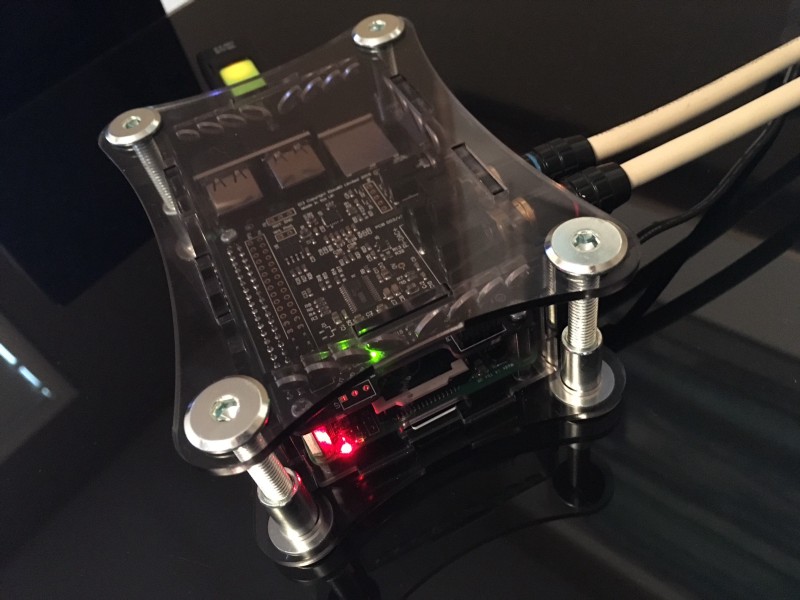- Μηνύματα
- 25.108
- Reaction score
- 20.600
Truth, Lies and Fraud in the Audiophile World
I’ve always loved music. I remember going to sleep as a 5 year old listening to music on a small AM transistor radio next to my bed. In high school I loved listening to progressive rock FM stations from New York City late at night such as WNEW. In my sophomore year at college my roommate Brian had an incredible stereo — JBL 100 speakers with orange grills, Dynaco Stereo 400 amp, TEAC reel-to-reel tape deck, and a Thorens turntable. I had a decent record collection, and the combination made for great music listening the entire year. There were lots of rich kids from Long Island in our 20 story dorm at Syracuse, but nobody had better sounding music than our room.

JBL-100 Speakers
Reconnecting
I hadn’t been in contact with Brian since college, and decided to track him down almost 10 years ago. I found him with the help of LinkedIn. My first question to him was “what do you have?”. He knew I was referring to stereo equipment. He told me he had Bryston electronics and B&W speakers. I had Bryston electronics and B&W speakers! Decades later, with no contact, we chose the exact same brands. But just like back in college, Brian had purchased the high end of Bryston and B&W, while I bought the mid-range. Some things never change.

Dynaco Stereo 400 Amp
Reconnecting with Brian, a lifelong audiophile, helped spur my interest in reading more about audio technology. I would occasionally read an article in Stereophile or the Absolute Sound, but they generally reviewed equipment outside of my price range. I also thought I must not have “golden ears”, after reading reviews where the author mentioned how a certain speaker cable had “spiced up harmonics and offered more than juicer textures” or “came up a little short of reference level in conveying the vast spread and dimensional depth that top-tier cables do”. Hard to imagine I would be able to hear and describe such differences between a set of speaker cables or interconnects.
(...)
I’ve always loved music. I remember going to sleep as a 5 year old listening to music on a small AM transistor radio next to my bed. In high school I loved listening to progressive rock FM stations from New York City late at night such as WNEW. In my sophomore year at college my roommate Brian had an incredible stereo — JBL 100 speakers with orange grills, Dynaco Stereo 400 amp, TEAC reel-to-reel tape deck, and a Thorens turntable. I had a decent record collection, and the combination made for great music listening the entire year. There were lots of rich kids from Long Island in our 20 story dorm at Syracuse, but nobody had better sounding music than our room.

JBL-100 Speakers
Reconnecting
I hadn’t been in contact with Brian since college, and decided to track him down almost 10 years ago. I found him with the help of LinkedIn. My first question to him was “what do you have?”. He knew I was referring to stereo equipment. He told me he had Bryston electronics and B&W speakers. I had Bryston electronics and B&W speakers! Decades later, with no contact, we chose the exact same brands. But just like back in college, Brian had purchased the high end of Bryston and B&W, while I bought the mid-range. Some things never change.

Dynaco Stereo 400 Amp
Reconnecting with Brian, a lifelong audiophile, helped spur my interest in reading more about audio technology. I would occasionally read an article in Stereophile or the Absolute Sound, but they generally reviewed equipment outside of my price range. I also thought I must not have “golden ears”, after reading reviews where the author mentioned how a certain speaker cable had “spiced up harmonics and offered more than juicer textures” or “came up a little short of reference level in conveying the vast spread and dimensional depth that top-tier cables do”. Hard to imagine I would be able to hear and describe such differences between a set of speaker cables or interconnects.
(...)






